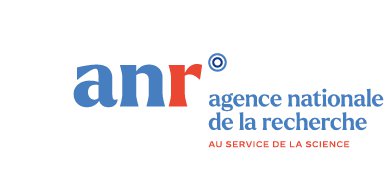
Thermal and thermoelectric effect in nanodevices

Contacts: Jérôme SAINT-MARTIN
Keywords: phonon scatterings, beyond Fourier’s formalisms, out of equilibrium effects, electron-phonon coupling, anisotropy
At the nanoscale, modeling heat and charge carrier transport can no longer rely on the assumption of local pseudo-equilibrium, and more advanced approaches are necessary to accurately describe thermal and thermoelectric effects (conversion of heat into electrical energy) in nanostructures.
The COMICS group has developed original numerical approaches based on non-equilibrium Green's function (NEGF) formalism to account for wave effects, and a Boltzmann approach to consider strongly out-of-equilibrium effects. These transport algorithms have been primarily calibrated at the material level using ab-initio atomic descriptions such as Density Functional Theory (DFT). Our work has led to the development of a simulation tool beyond the state-of-the-art, parameterizing the resolution of the Boltzmann equation for phonons with ab-initio simulations describing the entire Brillouin zone in 3D. This tool has been used to estimate the impact of thermal anisotropy effects and out-of-equilibrium effects in silicon nanofilms and nanowires.
Additionally, a new semi-analytical heat transport model based on only three calculable and measurable parameters (instead of just thermal conductivity for Fourier's formalism) has been developed. It yields results very close to computationally intensive numerical calculations for systems ranging from the micrometer to nanometer scale. Thus, it is valid across all phonon transport regimes: ballistic, quasi-ballistic, and diffusive. This model, which remains valid at the nanoscale, is an extension of Fourier's formalism
Flagship Projects:
- ANR Placho (2021-2025), founded by the Agence Nationale de la Recherche , seeks to develop a multiscale simulation platform for hot carriers: electrons and phonons, with a focus on energy harvesting. The objective is to model the transport of carriers from the high-energy distribution tail, addressing both stationary and transient regimes, even when quantum effects prevail at the device level.
Fundings:
